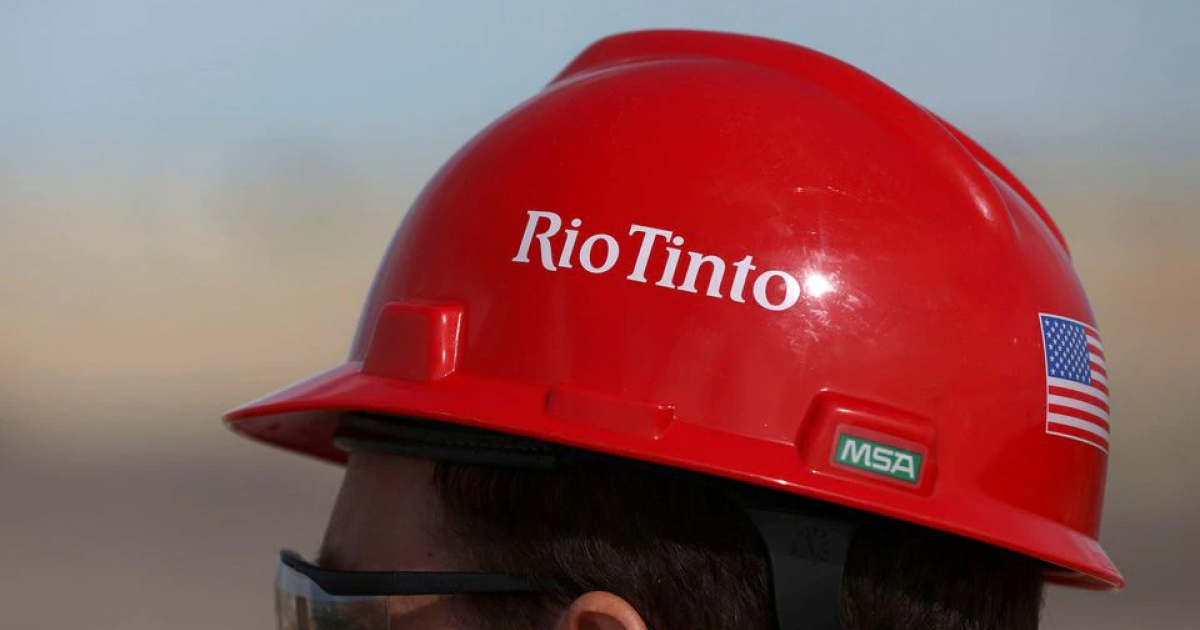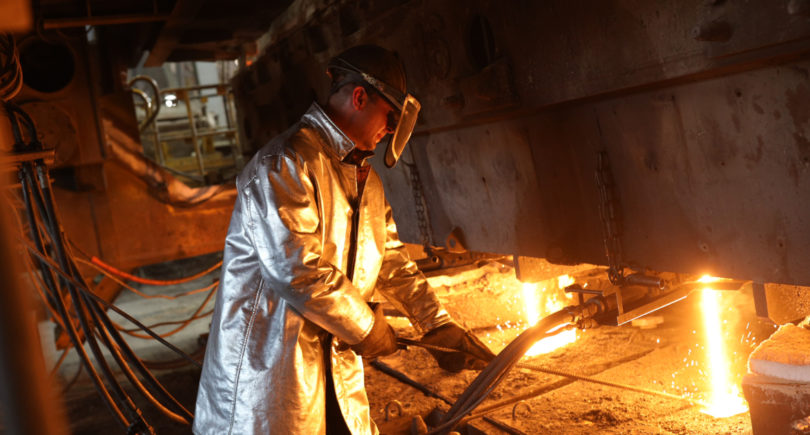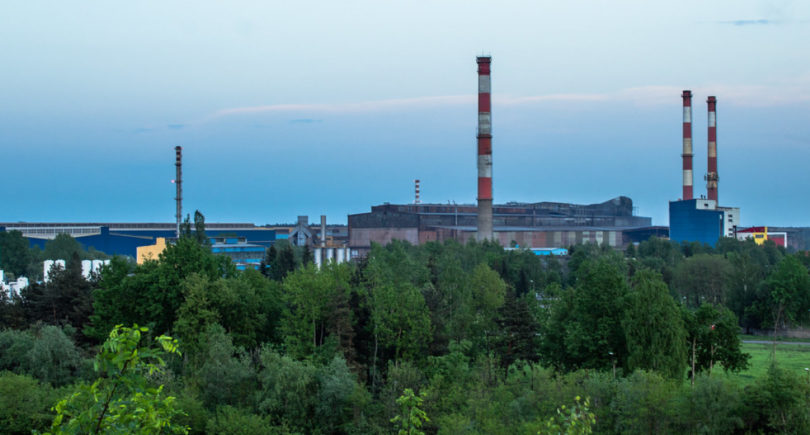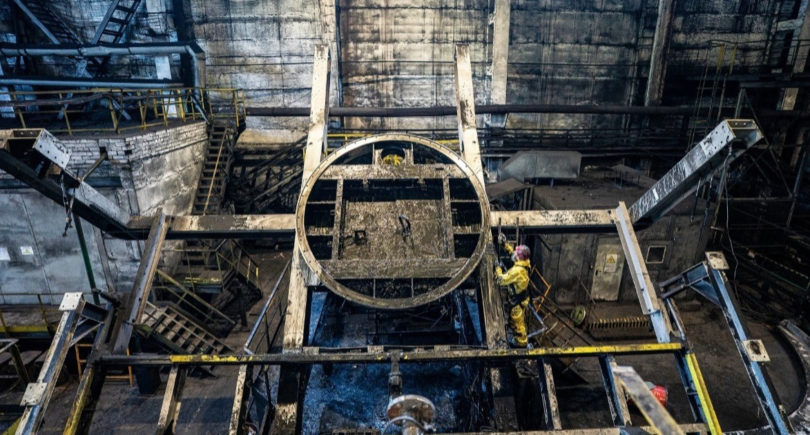
The company will specialize in evaluating the efficiency of the new direct iron recovery technology
The British-Australian mining concern Rio Tinto is investing $143 million in the construction of a research center in Western Australia to further study the effectiveness of BioIron technology, which allows for the production of direct reduced iron (DRI). This is stated in a Rio Tinto press release.
The creation of the research center in the strategic Rockingham Industrial Estate (south of Perth) was facilitated by successful trials of an innovative DRI production process at a pilot plant in Germany.
BioIron uses biomass and microwave energy instead of coal to convert Pilbara iron ore into DRI. The DRI steelmaking process has the potential to reduce carbon emissions by 95% compared to the traditional blast furnace method.
The project envisages the construction of a pilot plant that will be 10 times larger than the one in Germany. Thus, the innovative DRI production process will be tested on a semi-industrial scale. The capacity will reach one ton of direct reduced iron per hour.
The plant was designed in cooperation with the University of Nottingham, Metso Corporation and Sedgman Onyx, a Western Australian engineering company. Manufacturing of the equipment will begin this year, and commissioning is expected in 2026.
The R&D center will employ about 30 full-time staff and will also have a facility for testing equipment, which will help further expand BioIron’s technology, develop a workforce that is highly skilled in steel decarbonization, and support Western Australian universities and research organizations.
“The world needs low-carbon steel to reach net zero, and we are working to make this a reality by finding better ways to turn our Pilbara ores into steel. BioIron is a world-first technology that has the potential to play a significant role in a low-carbon steel future. This research and development facility will further test the BioIron process, showcase Western Australian innovation capability, and further demonstrates Rio Tinto’s commitment to supporting and enabling the decarbonisation of the steel industry,” said Simon Trott, CEO of the company’s iron ore division.
As GMK Center reported earlier, Rio Tinto increased iron ore shipments from the Pilbara region by 3% in 2023 compared to 2022, to 331.8 million tons. The company’s iron ore production increased by 2% year-on-year – to 331.5 million tons.




